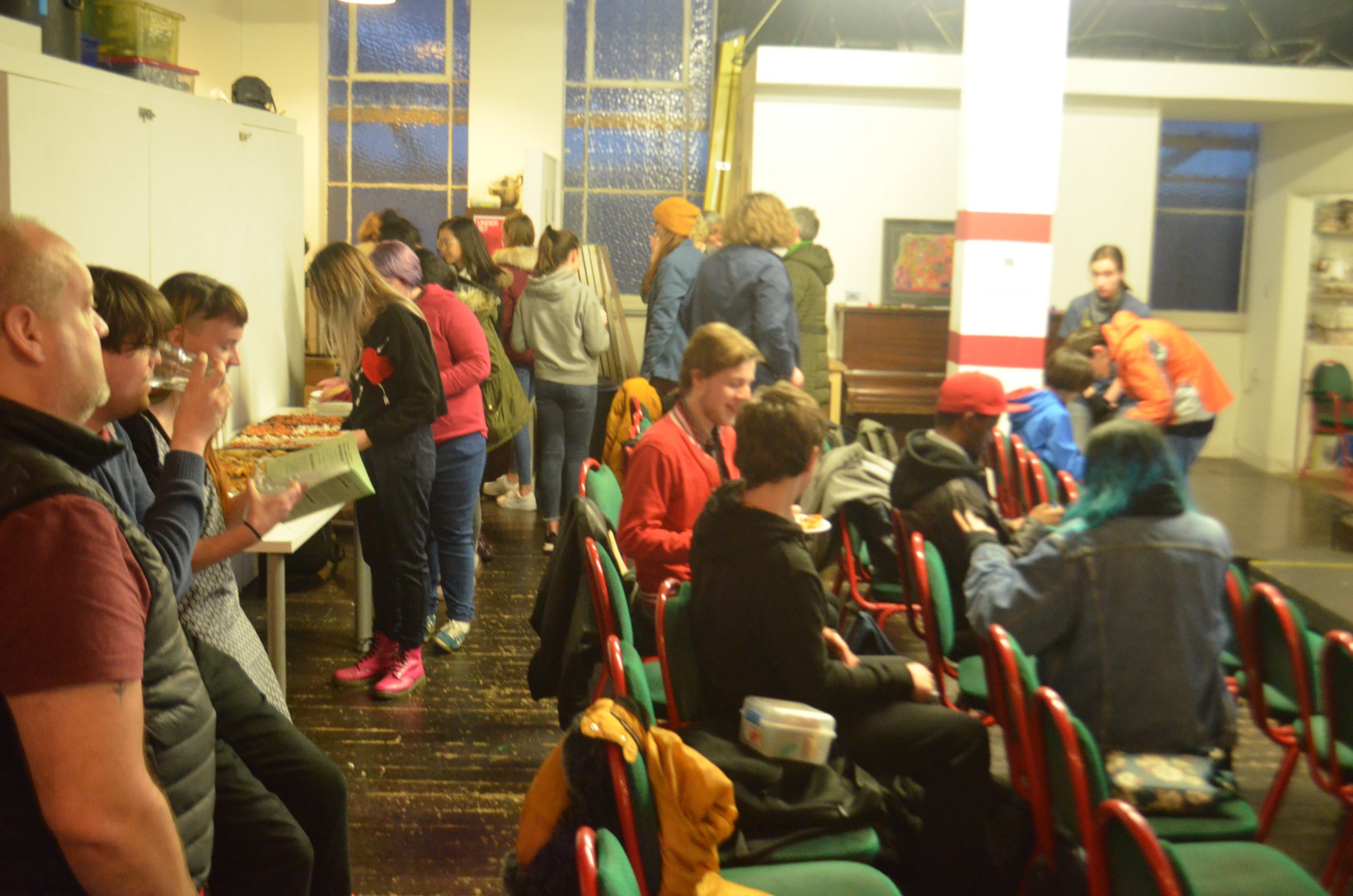
On 15th February Sophie braved the storms to take Josh, Jess & Matthew from our youth programme to My Creative Future at City Arts in Nottingham.
The event was the final stop on the expedition we helped plan with the other members of EMPAF (East Midlands Participatory Arts Forum). The journey launched at Quad in Derby last July, and together we set out to explore the way that people participate in the arts using digital tools and new technology.
The first stop was at the Level Centre in Rowsley, with Where the Power Lies – The Illusion of Choice, where we questioned how much expertise is needed to use these technologies, and whether this creates barriers. For example, where an artist must pre-design through coding etc., then the ‘participant’ interacts within what is a ‘curated’ experience. Conversely we discussed whether advances in technology have opened up access to artforms such as music tech and filmmaking, which as little as 20 years ago required lots of specialist and expensive equipment.
The next event, at the National Centre for Craft and Design in Lincoln, presented an artist’s perspective, Digital as Craft, asking how digital tech has revolutionised arts practice? How does it take us in new directions and how far can we go to reinterpret creative ideas?
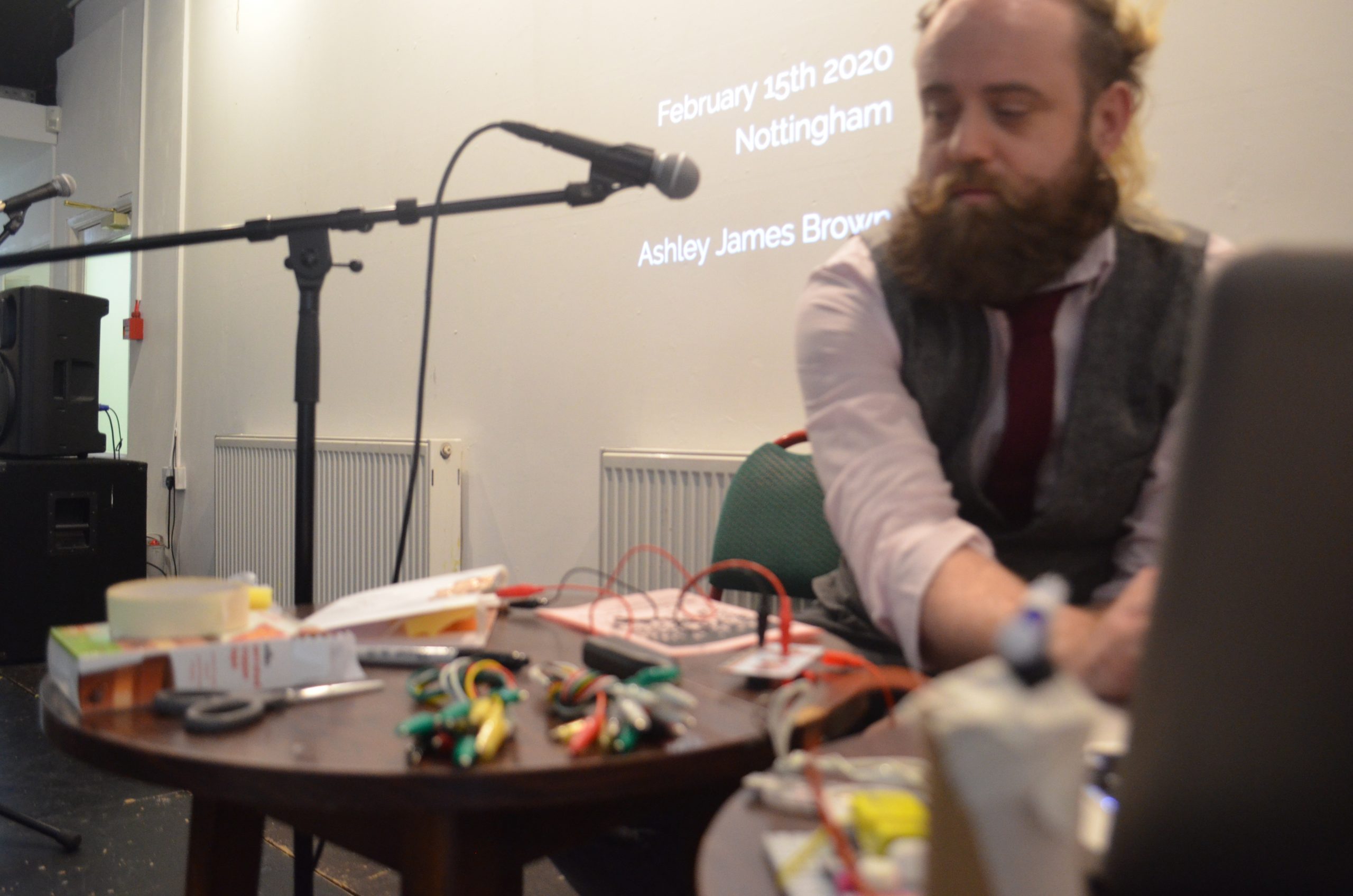
My Creative Future was the final event in Nottingham, aimed at the region’s young people – the participants and artists of the future. We asked – if the jobs of the future do not yet exist how do young people know what to learn and specialise in? It was suggested they should follow what they enjoy, and remember the jobs will be invented by today’s young people themselves!
Our envoys Josh, Jess and Matthew all loved the day, saying “I loved all of it – messing with 3D pens, the Bloxels things and another VR kit for painting…”, and “My favourite thing was painting with the VR – Tilt Brush – you could use it for making sets for film…”
Now they want us to get a VR (Virtual Reality) kit with Tilt Brush to use in workshops – so watch out for a fundraising campaign!
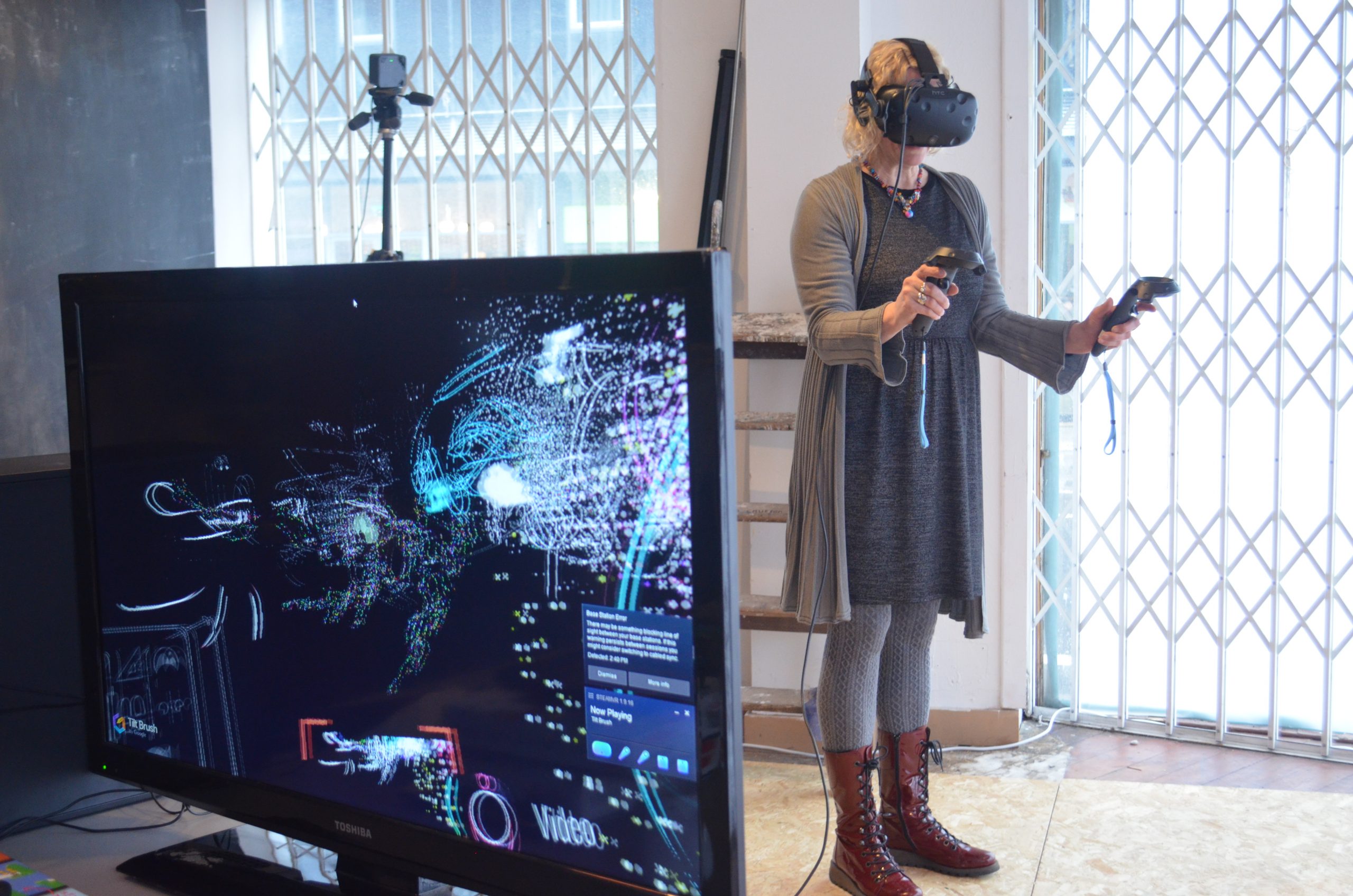
Here is some more information about each event in case you want to look up the tech or the artists!
Where the Power Lies – The Illusion of Choice
Based at LEVEL in Rowsley which is a contemporary art gallery, event space and research & development centre. They promote the creation of art in ways designed to be accessible and engaging for all, specialising in work with those with complex needs and profound multiple disabilities.
To stimulate our discussions we saw and experienced the following work:
BREATHE
– Both a live performance and participatory process, using live sound processing and multi-speaker diffusion to create performances. A microphone feeds a simple delay line / sampling device which allows sound to be reflected back into the space with latency. The audience / participants respond and react, playing with the sound world created, but without the need to hold, touch or manipulate a physical controller.
Andrew Williams explained that sound is one of the primary means of engaging their participants as both listeners/audience and creators/performers. He believes sound has the most significant influence on most people.
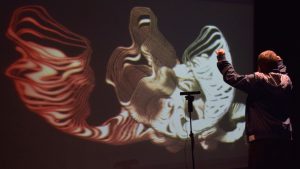
INSTRUMENT
‘Instrument’ uses physical gestures and movement to create, compose and perform music, simultaneously projecting a moving visual version of the sound. The artists, Grzegorz Rogala & Joanna Krzyszton have used Wii technology to pick up the gestures of the ‘performer’ and feed them as midi signals into the ‘instrument’. The processor has been programmed with a set scale of notes and responds by varying pitch and volume directed by the performer’s two hands.
Andrew reflected that there were limits to this technology as a Wii connect controller is programmed to recognise a standing figure, and therefore cannot recognise someone sitting in a wheelchair.
THE MOMENT
In small groups we entered a converted caravan to experience this brain-controlled dystopian sci-film which follows three interlinking stories. One audience member wears a Neurosky Headset to detect Electroencephalogram (EEG) brain waves. Their brain waves then control the edit, sound mix and narrative of the film. The director, Richard Ramchurn explained that there are over 18 billion possible narrative combinations for the film and each screening is unique.
Digital as Craft
Hosted from the National Centre for Craft and Design, the day presented a range of work which has explored the direction and possibilities for using new technologies in the visual arts.
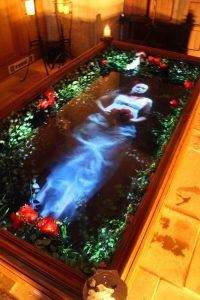
Altered: Contemporary Art in Ancient Churches
artsNK worked with the Diocese of Lincoln and University of Lincoln to create work which inspired new audiences to visit churches and look at these historic buildings afresh. The artists involved created site specific work using projection mapping to overlay thought provoking imagery.
TROPE: Where Making Meets Digital
Trope has created mesmerising and simple works which combine animation, audio and music, using computing, traditional crafts and engineering. They have designed the ‘D-scope’ as a new medium to construct worlds where analogue (the crafts) and digital blend seamlessly, with real objects animated with abstract purity.
Studio McGuire – Digital artist partnership
Showcasing a partnership between Davy, who has a background in theatre, and Kristin, a dancer, who have created a portfolio of work which uses projection mapping in innovative ways. In Jam Jar Fairy, exactly that, a fairy appears to fly around inside a jam jar, but other works have featured on theatre stages, cinemas, marble statues and shop windows.
Jason Wilsher-Mills
Fine art trained, Jason now specialises in digital painting using iPad and Wacom technology – initially attracted by accessibility allowing him to produce large scale, detailed paintings despite the physical challenges of his disability. Since ‘embracing the pixel’ he has used the technology to expand his work into interactive sculptures, 3D prints and lightboxes, using augmented reality.
My Creative Future – Young people’s perspectives on digital participation
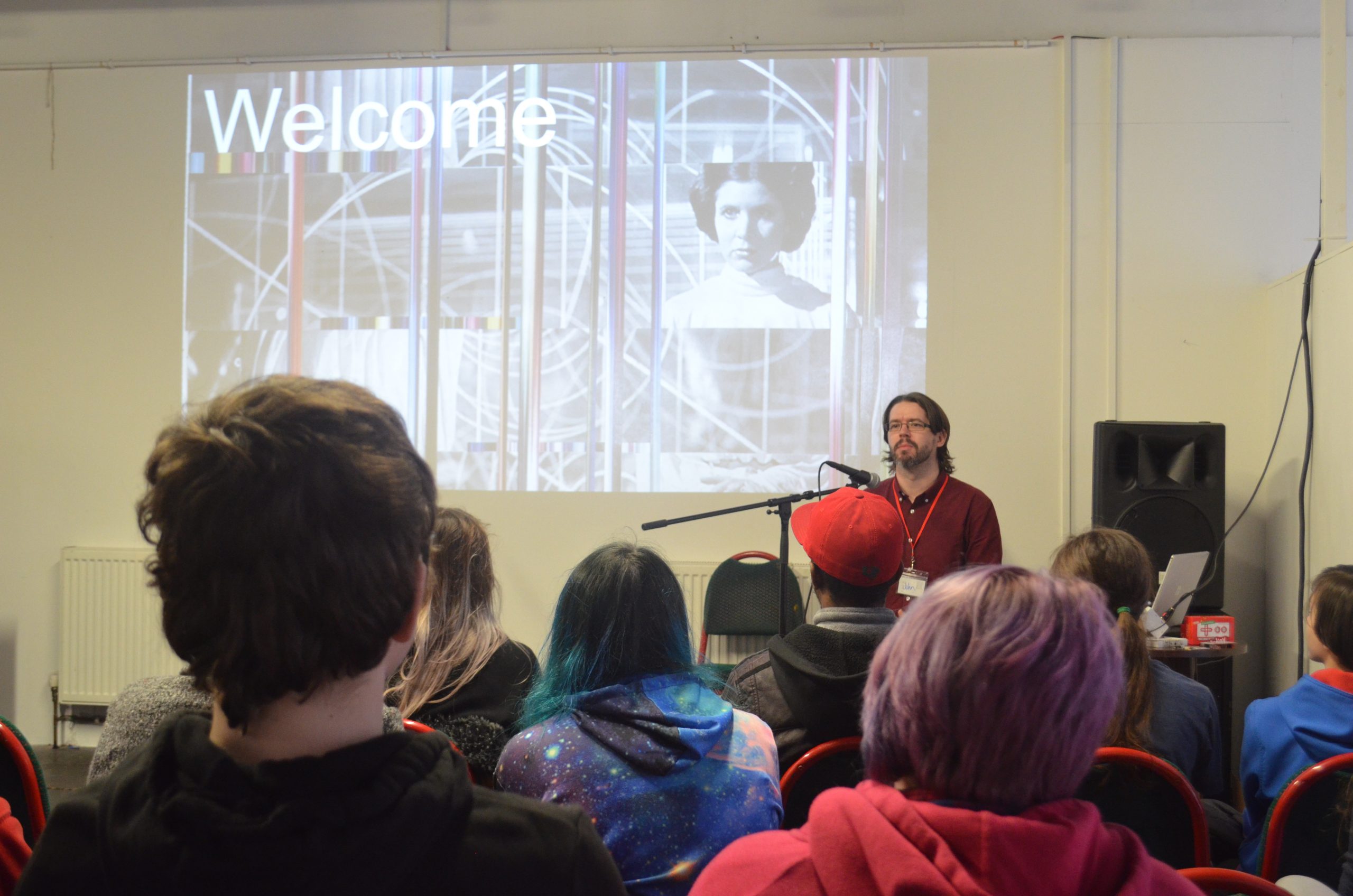
Our final stop was at City Arts in Nottingham, a medium sized community arts charity which covers the city of Nottingham and surrounding areas. Working with Quad, City Arts had pulled together speakers, demonstrations and panels discussions to bring young people into the conversation.
Ashley James Brown – talk and group activity
Ashley is an internationally respected artist and developer based in Coventry, creating emotive nostalgic experiences using code, electronics and sound.
During his talk we gradually built a game controller out of conductive modelling clay and paint, and then played a vintage computer game from the internet. He told the room that their future jobs didn’t yet exist and was asked how this should effect their careers choices. He said they should just learn as much as they could, especially the things they find most interesting.
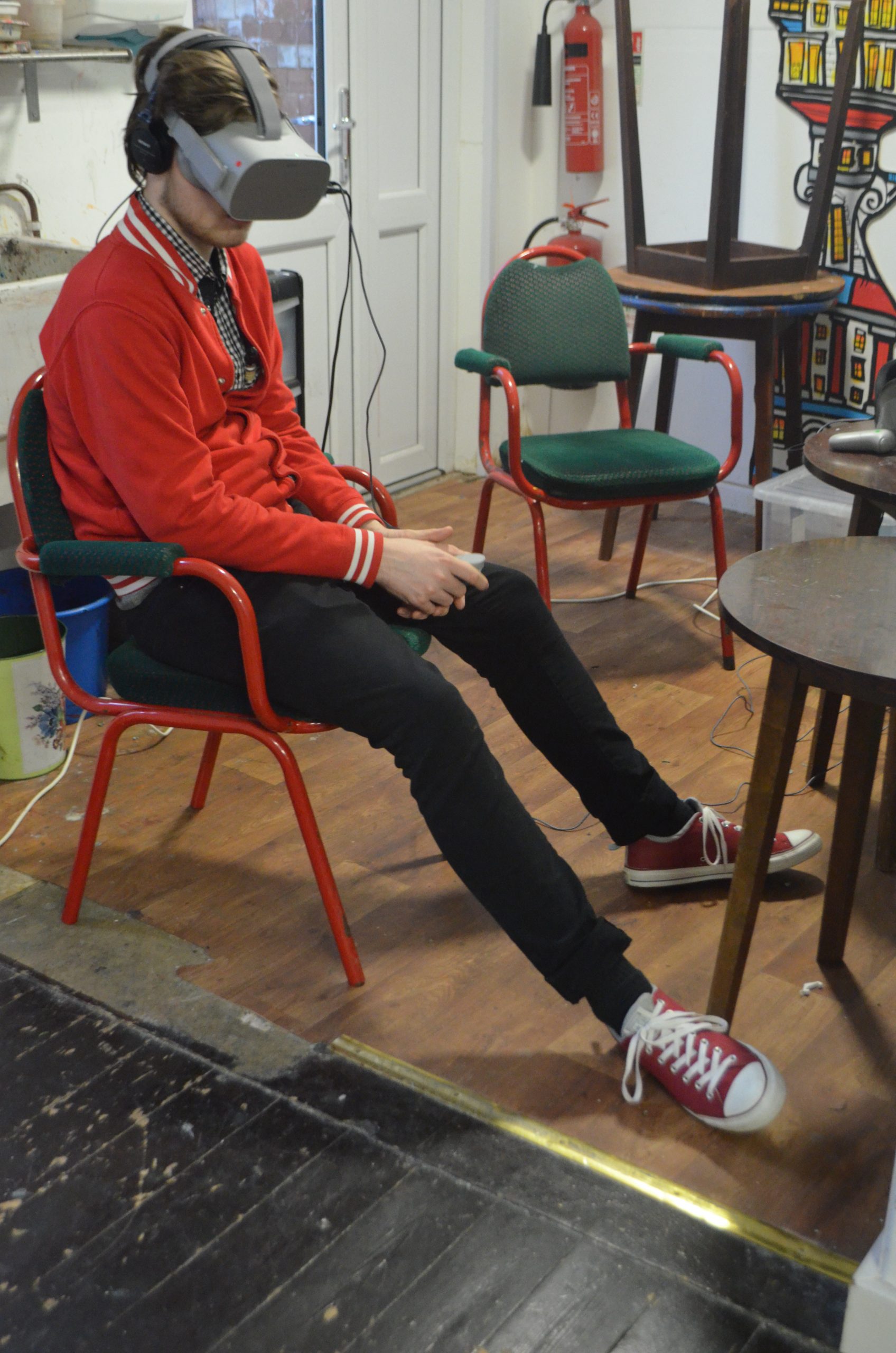
Demonstrations and activities:
VR Meditation – A spoken text set in a choice of 3D immersive landscapes.
3D Drawing – think hot glue guns with coloured glue!
Google Tilt Brush – A Virtual Reality painting experience where you can select different brushes and paint a 3D world around you. Very popular, but Sophie didn’t get to have a go, not that she’s bitter about it.
Bloxels – build your own computer game, first with the little plastic cubes, then scan the world into an iPad and use the Bloxels app to animate, edit and play your game!
Exhibitions:
Press Hear 3I
Graham Elston worked with six schools to create interactive artwork which plays audio clips of the impressions young people have of our current climate crisis. Pairs of giant eyes with touch sensors made from Bare Conductive Touch Board technology.
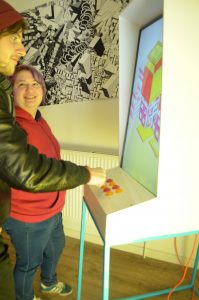
Will Hurt
Brightly coloured, playful digital interactives with colour bottom controllers which direct the sound and animation on screen. Designed to bring people of all abilities together, make connections and enjoy a moment of play.
Emily Foster
Showing her research and development work in building light sculptures using distance sensors and Arduino technology. The prototype piece demonstrated how the sound and light change as people approach and move around the work.
Panel discussion
‘Why Digital?’
Roma Patel, Ashley James Brown, Callum Mulligan and Hannah Satchwell discussed what had drawn them into using digital technology in their creative work and what excites them most for the future. They were asked questions like – How can I convince my parents that what I’m doing is worthwhile? To which we were all encouraged to share the things we were proud of and show the work that had gone into the finish results.
